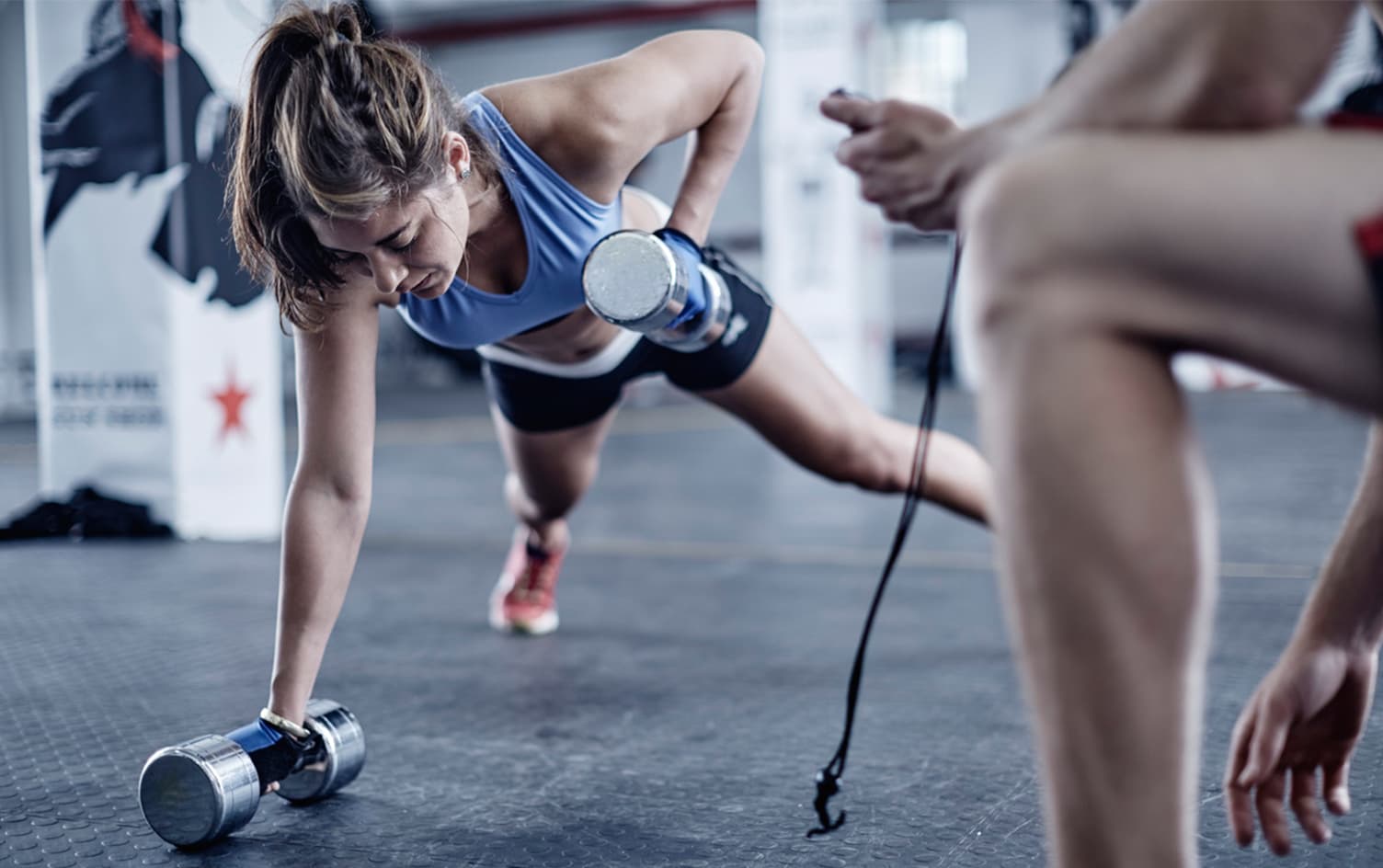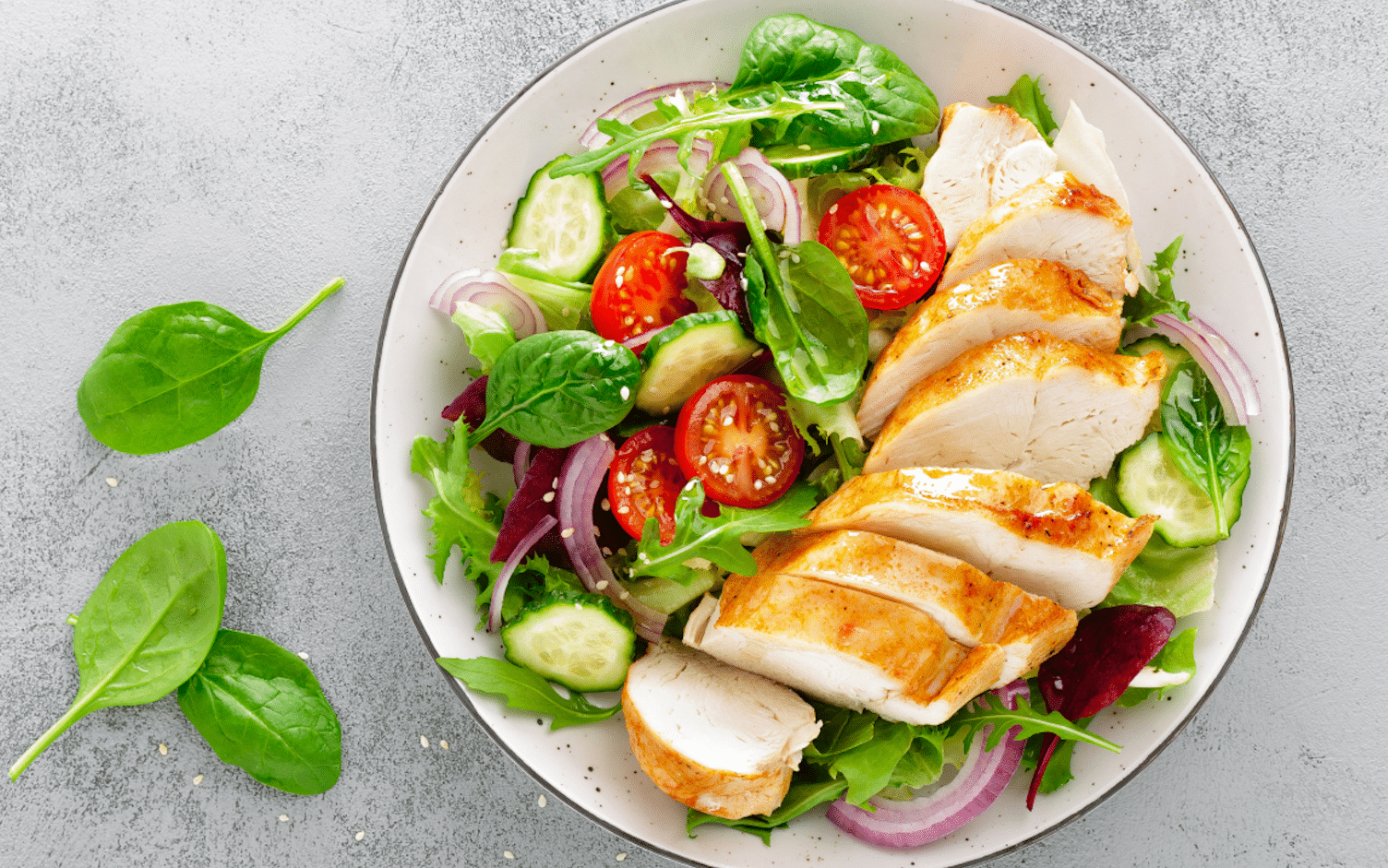Trainers and coaches have a wealth of knowledge. Ask them about building muscle, burning fat, losing weight, gaining strength, becoming more flexible, etc., and they’ll have an answer. But if you put yourself in a trainer’s shoes, you’d realize that they end up answering the same five questions, repeatedly. We decided to do our friendly trainers a favor and answer them for you here.
“WHAT ARE THE BEST EXERCISES FOR [FILL-IN-THE-BLANK BODY PART]?”
“Let me stop you right there,” says strength and conditioning coach Mike Mejia, president of B.A.S.E. Sports Conditioning, a company that specializes in athletic performance and injury prevention. “Assuming you just flew in from 1985 and are still under the misconception that certain exercises can somehow magically transform the size and shape of various body parts, allow me to burst your bubble.”
You cannot spot train to melt belly fat, there are no guaranteed ways to add inches to your arms overnight and there are no “can’t-miss” exercises, Mejia says. Instead, “the best exercises are the ones you’ll do with the most consistency,” he says.
“HOW DO YOU STAY MOTIVATED TO WORK OUT?”
Let’s answer this question with a question: Why do you want to get motivated to work out? “Once you figure out your why, and it’s powerful enough to you, then you’ll get motivated,” says Rachel Cosgrove, a strength and conditioning coach and author of “Drop Two Sizes” and “The Female Body Breakthrough.”
You may think you’re working out to lose 20 pounds or fit into a pair of jeans, but why are you really working out? Think it over. Maybe your powerful why is to be a role model for your children or to be able to enjoy life more and maintain your quality of life as you age.
“SHOULD I FOAM ROLL?”
The short answer is yes. “Self myofascial release helps break up adhesions in your fascia and can help relax tight muscles,” explains Noby Takaki, assistant director of fitness at Chicago’s East Bank Club. “Releasing those adhesions and tight muscles will help you get back to proper, pain-free movement, which will ultimately enhance your performance.”
She recommends taking 5–15 minutes each day to foam roll, focusing on your troublesome spots. If you’re working out that day, it’s a great warmup. (Try this 5-minute routine.) If you’re not working out, foam roll anyway to ease any soreness or tightness.
“HOW DO I LOSE X POUNDS IN Y AMOUNT OF TIME?”
The way Jesse Ochs, a personal trainer at Mountains’ Edge Fitness in Boulder, Colorado, answers this question hinges on several factors, including the person’s age, gender, current weight and desired weight. But it all comes down to the same thing for everyone: “Burn more calories during the day than you consume,” he says.
Portion control is key, so he recommends getting a good kitchen scale. “When you eyeball portions, you’re often way off on how many calories you’re actually consuming,” Ochs says. “But when you use a food scale and measure your portions in grams and ounces, you can be more precise with your calorie intake.” Many of his clients also find that it helps them cook at home more and makes them more aware of proper portion sizes when eating out.
“HOW MUCH TRAINING IS TOO MUCH?”
“Overtraining is typically due to under recovery,” says Ethan Duff, head trainer at FitWit, a physical fitness program in Atlanta. “So if you want to set yourself up for a healthy lifestyle now and in the future, then recovery is one of the key elements you need to think about in your fitness routine.”
He considers recovery to be everything you do outside the gym that helps you perform better inside the gym. So be sure you’re getting enough sleep, staying hydrated, eating a healthy diet and not just sitting on your butt on rest days. “Taking a long walk or bike ride, or developing a yoga routine a few times a week is a great way to make sure you body is recovering for those days you hit it a little harder in the gym,” Duff says.




